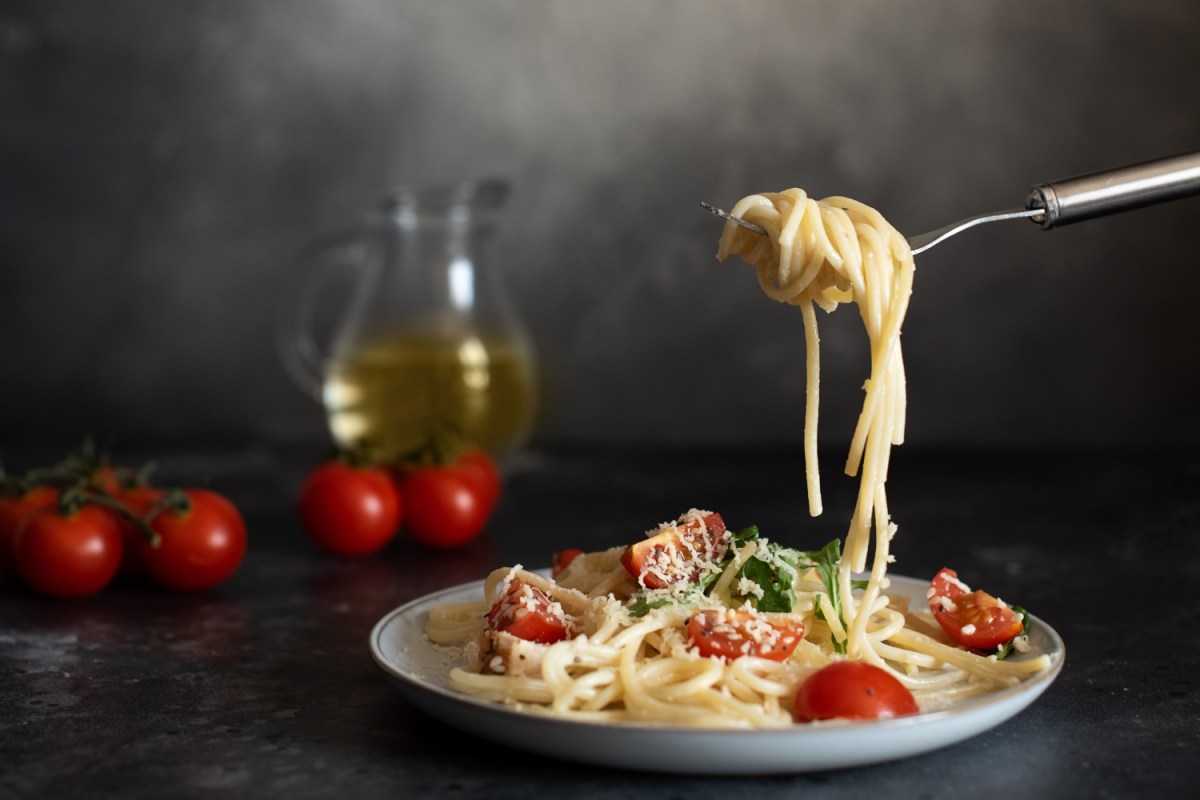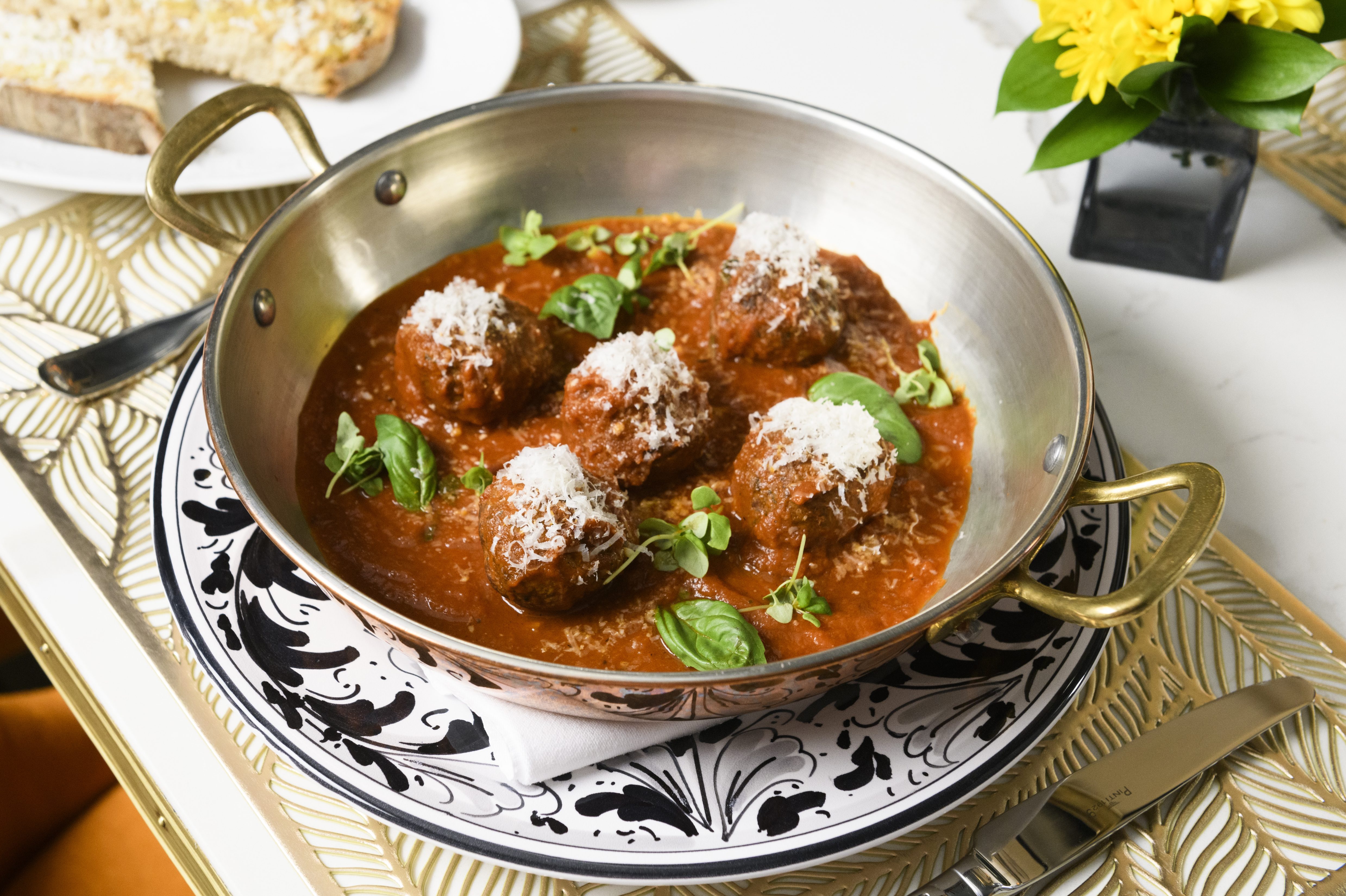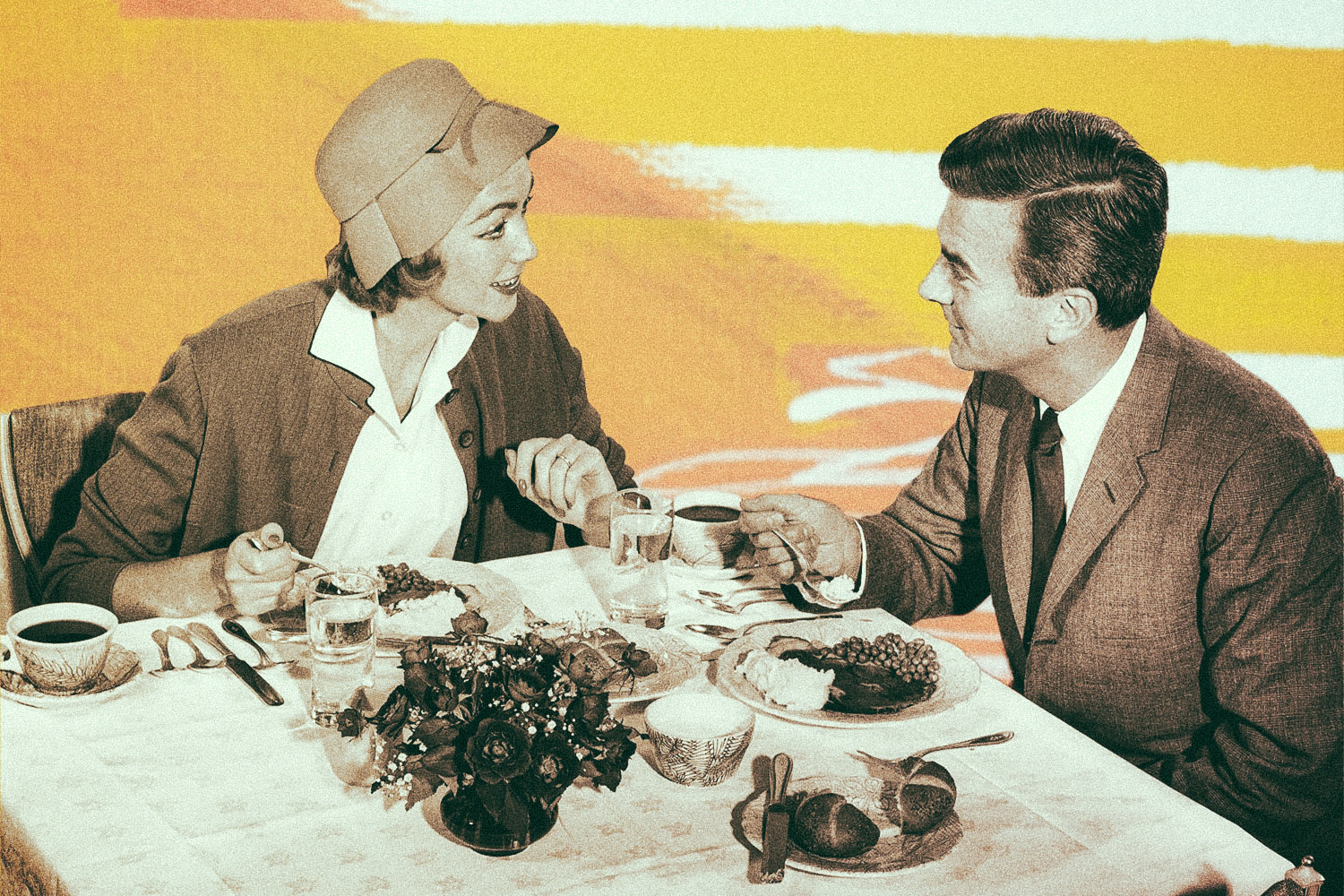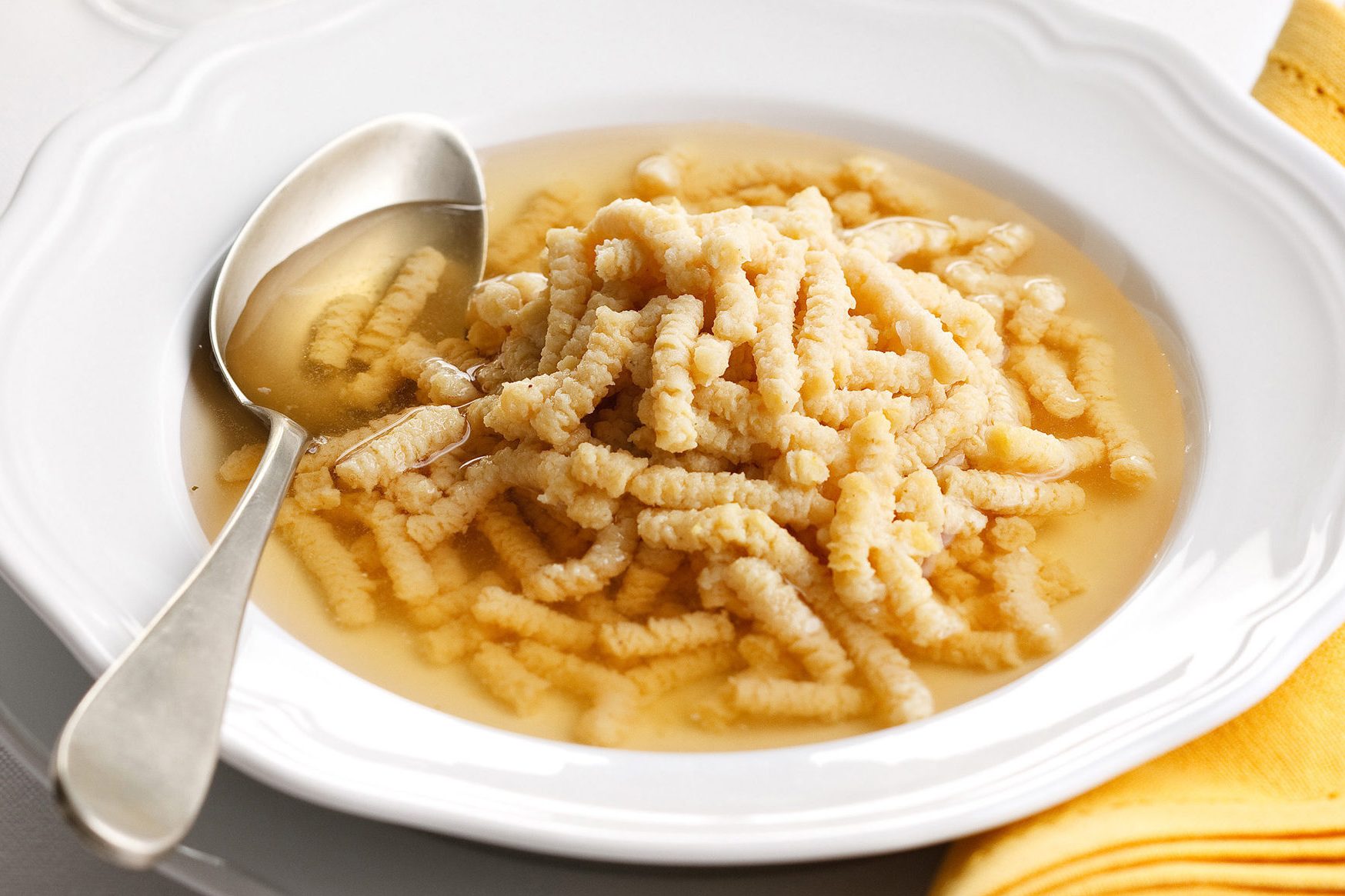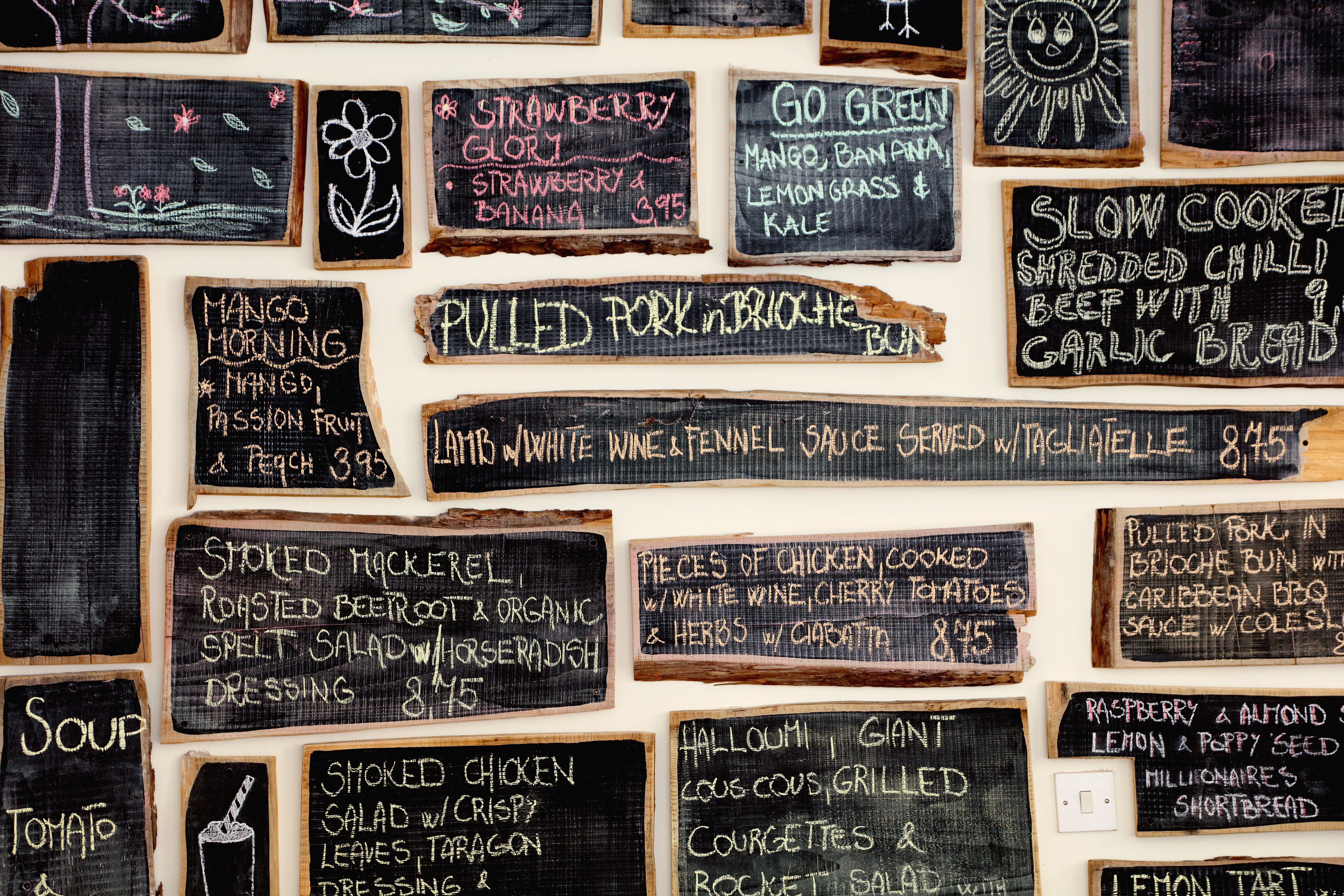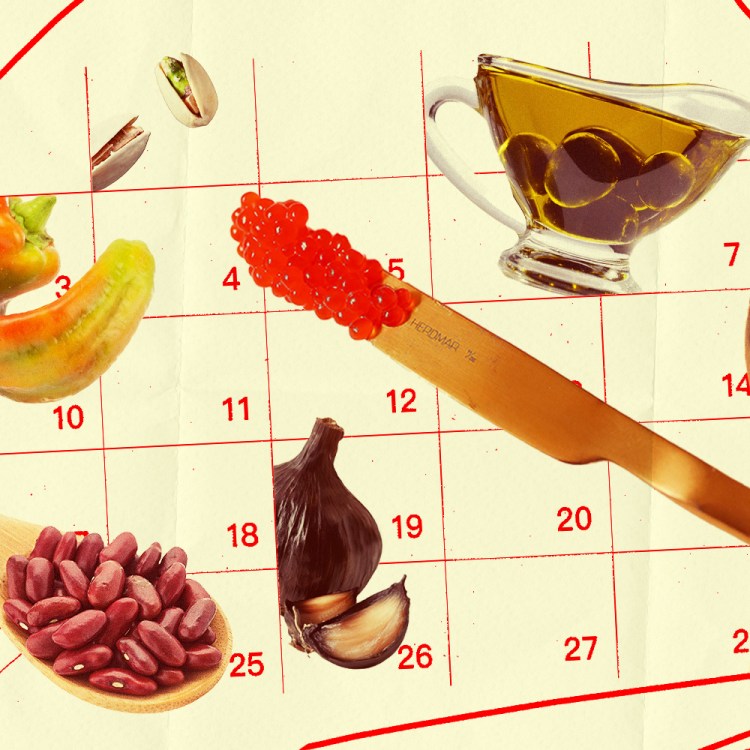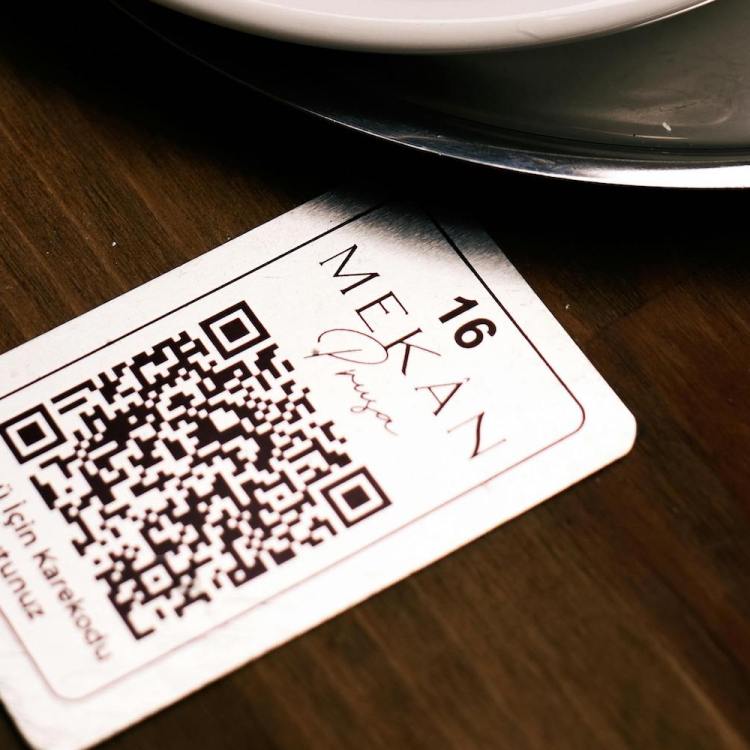I never considered watching a man eat pasta to be among my turn-ons, but while enjoying a recent dinner date at one of those dimly lit Italian restaurants where you have to bring your menu dangerously close to the candle to read it in the name of romantic ambience, I found myself transfixed by my date’s pasta-eating technique. Tucking into a plate of spaghetti, he effortlessly twirled a perfectly portioned mouthful of pasta around his fork with a few deft flicks of the wrist, twisting his fork against the spoon with perfect form.
As a pasta-twirling enthusiast myself, I was both impressed and slightly intimidated by this artful display of spaghetti consumption. I’ve always preferred long pastas — spaghetti, linguine, bucatini, etc. — to their cropped counterparts, largely for the thrill of the twirl. Sorry, but penne can fuck itself; if I can’t twirl it, I don’t want it. Still, I’ve admittedly never put much effort into perfecting my pasta-twirling technique. I don’t think I’m bad at it per se, but I’ve always just made do with a fork and the edge of my plate, without getting the spoon involved. Frankly, it has always seemed to me that a spoon would only unnecessarily complicate matters, because holding more than one thing at the same time is difficult and I try to avoid it whenever possible. Due to the perceived difficulty of smoothly executing the fork-and-spoon dance, I always assumed the spoon technique was the more advanced, proper method of spaghetti consumption sanctioned by etiquette experts. Though I’ve personally been content to get by with just a fork, watching my date wield his spoon like a pro made me wonder just how boorish my own spoonless technique really was.
So, like the fearless journalist I am, I decided to do some research into the matter. As it turns out, I was both right and wrong — right to skip the spoon, and wrong to assume the spoon technique was proper etiquette. While the topic remains a subject of some debate among pasta consumers in the general public, the vast majority of etiquette experts today say no spoon. Apparently, contrary to my belief that a spoon makes the whole thing much more difficult, the spoon is essentially the training wheels of pasta twirling, reserved for “children, amateurs and people with bad table manners in general,” as a group of Italian food experts unanimously told the New York Times back in 1982.
More recently, etiquette expert Myka Meier demonstrated proper pasta-eating form in a 2020 Instagram video, instructing diners to, “Skip the spoon and instead use your fork in your dominant hand. Then put the tines/prongs of the fork into the pasta. Let the tines rest against the plate while twirling the fork OR you can rest the tines against the curved inner rim of the plate and twirl.”
Naturally, Meier’s anti-spoon decree sparked some backlash and incredulity from dedicated spoon swirlers in the comments, though the majority agreed that a spoon is a no-go, especially among Italians, while some had never even heard of the spoon technique at all.
Most other etiquette experts who have published pasta-eating guides in recent years seem to agree, including etiquette coach Candace Smith, whose step-by-step walkthrough recommends using a spoon only in times of “extreme distress,” and asks anyone driven to such dire straits to remember that “this method is not the norm, and not generally considered proper.”
There are occasional exceptions, however, including the one and only Emily Post. The 1975 edition of The New Emily Post’s Etiquette sanctions both methods, though seems to present the spoon as the preferred option:
“Most restaurants (and hostesses) that feature pasta provide guests with a large spoon as well as the knife and fork. The fork is used to spear a few strands of spaghetti, the tips are placed against the spoon, which is held on its side, in the left hand, and the fork is twirled, wrapping the spaghetti around itself as it turns. If no spoon is provided, the tips of the fork may be rested against the curve of the plate.”
Another exception to the anti-spoon argument that seems to be widely accepted among etiquette experts allows for a spoon if a pasta dish is served in a broth or a particularly splatter-prone sauce. “If your sauce is very liquid — a juicy primavera, a clam sauce — you might use a spoon to prevent splattering,” restaurateur Luigi Nanni told the Times, while Chef Mike Dalton, executive chef for the D’Amico & Partners Italian restaurants, told Mashed that a spoon should only be served with pasta “if it is in a broth.”
For me personally, this generally accepted anti-spoon decree is something of a happy accident — a rare instance in which taking what I assumed to be the low road actually turned out to be the right thing to do. If you, like myself, find wielding both a spoon and fork unnecessarily difficult, congrats on your incompetence finally paying off. If, on the other hand, you happen to be a proud spoon swirler, convinced that your technique remains the more advanced, ultimately superior method of pasta consumption, you can take solace in the fact that your technically incorrect spoon twirling prowess might still impress an incompetent novice such as myself.
Every Thursday, our resident experts see to it that you’re up to date on the latest from the world of drinks. Trend reports, bottle reviews, cocktail recipes and more. Sign up for THE SPILL now.
